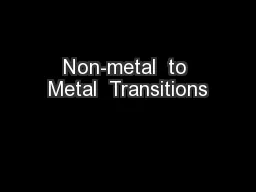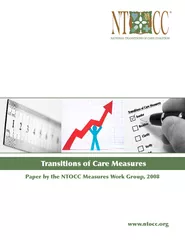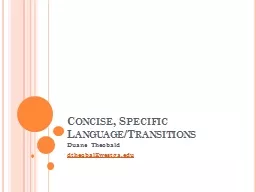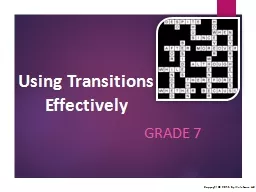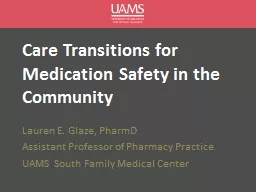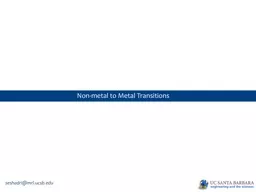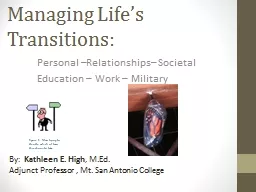PPT-Non-metal to Metal Transitions
Author : lindy-dunigan | Published Date : 2018-11-09
Purpose of this course understanding the diagram below Fujimor i Electronic structure of metallic oxides bandgap closure and valence control J Phys Chem Solids
Presentation Embed Code
Download Presentation
Download Presentation The PPT/PDF document "Non-metal to Metal Transitions" is the property of its rightful owner. Permission is granted to download and print the materials on this website for personal, non-commercial use only, and to display it on your personal computer provided you do not modify the materials and that you retain all copyright notices contained in the materials. By downloading content from our website, you accept the terms of this agreement.
Non-metal to Metal Transitions: Transcript
Download Rules Of Document
"Non-metal to Metal Transitions"The content belongs to its owner. You may download and print it for personal use, without modification, and keep all copyright notices. By downloading, you agree to these terms.
Related Documents

